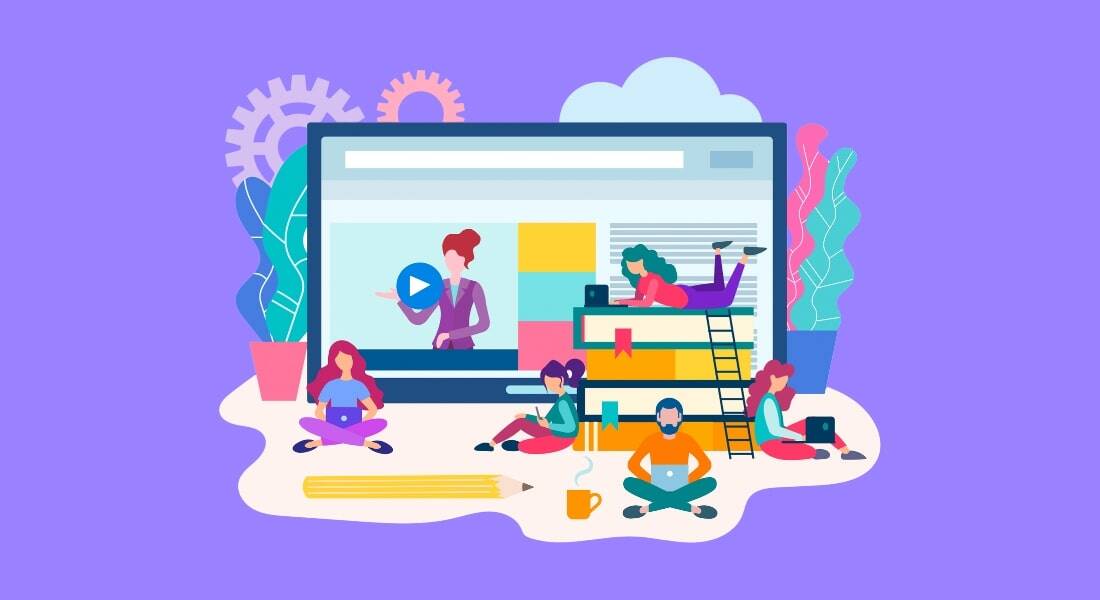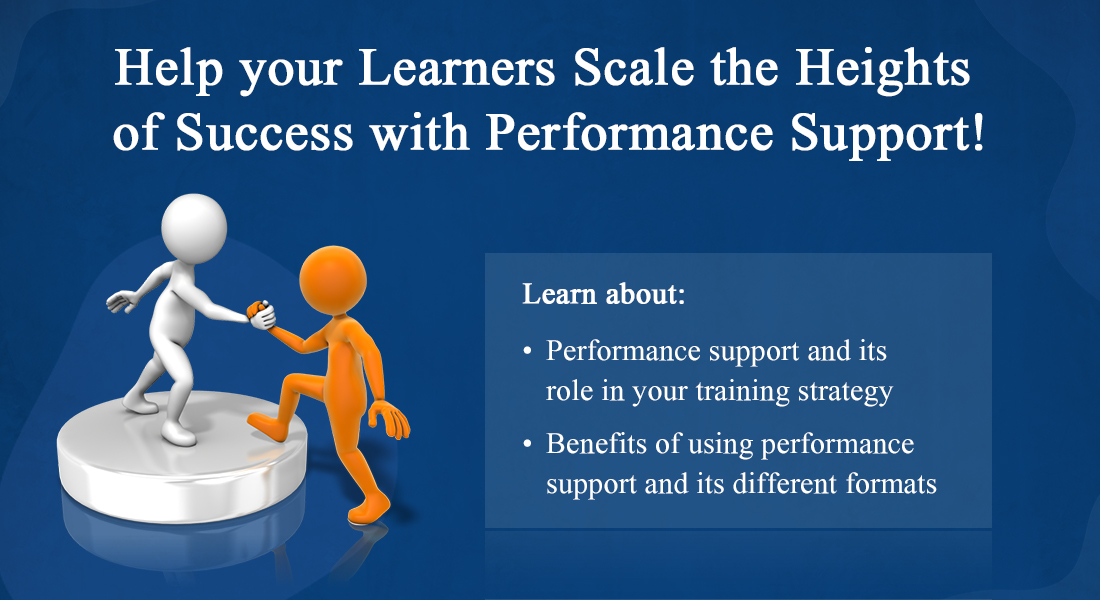5 Reasons to Choose Mobile Learning for Corporate Training

Organizations considering mobile learning to train their employees are a little wary of using it because they are not sure of how it will impact their training. We give you five good reasons to consider mobile learning in this post.
1. Performance Support
When it comes to providing performance support, mobile learning wins hands-down compared to classroom or online training. While the other modes of training do provide performance support tools in the form of ready reference printed manuals, they do not really serve the purpose of providing performance support at the point of need.
With mobile learning, performance support is readily available and employees get 24x7x365 days access to the information they need. This cannot be provided by other modes of learning.
Mobile learning provides the ideal support environment that is easily accessible on demand.
This support ensures there is instant application and better acquisition of knowledge. Moreover, information on processes is organized better in mobile, making it easy for employees to find what they want, so that they can understand even complex processes.
2. Reinforcement
It is a fact that in formal learning trainees fail to remember what they have learned after a few days. This human tendency to forget what is learned is validated by Ebbinghaus’ ‘Forgetting Curve’, the theory which declares that the human brain can retain only 40% of what is learned after a few days. This curve can be minimized if reinforcement activities are sent at regular intervals, in the days and weeks after a training session. Training is not a ‘once done’ affair. Skills need to be constantly reinforced. This is crucial because:
- If the trainers do not follow up on trainee performance immediately after training, less than half the skills and information will be transferred to the job.
- Less than three-quarters of the training will be lost within six months, if there is no follow-up.
- Unless learning has been reinforced, employees will retain only 10 to 15 percent of what they learn.
For classroom sessions, reinforcement can be in the form of printed checklists, worksheets, or handouts. In e-learning, reinforcement can be in the form of activities that include hands-on guided analysis, teamwork activities, and drill and practice sessions where learners get an opportunity to practice what they have learned.
While it is easy to implement reinforcement activities, learners may not have the time or inclination to go through them. This is where mobile learning can play a major role. Reinforcement activities can be delivered through mobile phones to help learners retain what they learn. Employees can access them at their convenience because these activities do not interrupt their work.
Another way to use mobile learning for reinforcement is through mobile apps or more precisely, mobile reinforcement apps. Once a training session is over, learners can download this app on their mobile phones. An administrator in charge of reinforcement will send questions through the app at set times during the day or week to help reinforce the learning that occurred in the classroom. Apart from this, these apps can be used to reinforce processes, information, and ideas taught in the training session.
3. On-demand Access to Resources
As mentioned earlier, mobile learning helps learners access learning materials at the point of need. This is valuable, especially for people who work on the field such as service technicians. Whenever the learner needs information, he can pull it from his mobile device. Since learners have access to resources, such as videos, animations, or infographics they can learn anytime and anywhere, based on when and where they need the information. This helps learners process, access, and gather information from both inside and outside the classroom and bridge their learning.
4. Reaches Remote Workforce
Mobile learning enables businesses to deliver high-quality training to a remote workforce in a time and cost-effective way. Organizations with a large percentage of remote workers need not invest time and effort in bringing all their employees to a single place for the training. With mobile learning, remote workers can access courses as per their convenience on smartphones or tablets.
Offline access to learning resources is possible especially in places with poor Internet connectivity. The remote worker can download the content when there is Internet connection and view in the offline mode.
5. Quick Updates
When employees need quick updates, mobile learning comes to the rescue. For instance, the sales team might need information on a new product launched recently, before meeting a client. This can be delivered to them on mobile devices, so that they can access whenever needed. Mobile devices are ideal to communicate quick updates, competitive information, product specs or presentation details almost immediately so that employees can access them at the point of need.
Mobile learning can cater to a wide range of training demands from both businesses and employees. For performance support, reinforcement, providing quick access to resources, reaching your remote workers, or offering quick updates to employees, consider mobile learning.




![How to Use Microlearning Before, During, and After Training [Infographic]](https://blog.commlabindia.com/hubfs/Imported_Blog_Media/microlearning-before-during-after-training-infographic-1.png)
